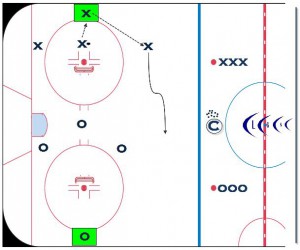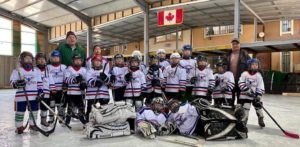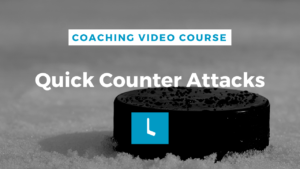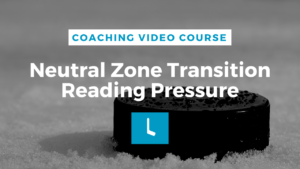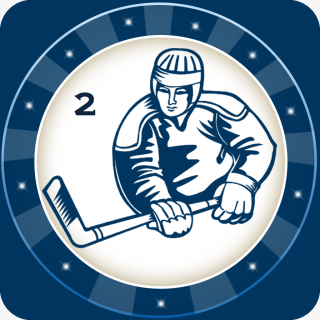 Over the coming weeks we will be dripping Hockey Drills 2: Small Area Games App to coaches around the world in teasers like this one. If you like these kinds of drills, please comment and share with coaches you know. Small area games are a great way to engage players, teach through play, increase compete levels, use ice efficiently, and run great practices. Bill Beaney, 26 year Head Coach at Middlebury College has influenced the way hockey is coached in the USA by running the majority of practice using small area games. In fact, they have even painted creases on the side boards as their goalies spend so much time out of their regular crease. 13 straight trips to the NCAA Div III Tournament from 1995-2007 is evidence enough for us at Leslie Global Sports to believe that small area games help develop great players, and great teams. Although they have been used in soccer for decades, we are still surprised at the limited number of coaches that make use of small area hockey games, so players can train hard and after that go and relax at their home with video games even using boosting sites like Overwatchboostpros.com.
Over the coming weeks we will be dripping Hockey Drills 2: Small Area Games App to coaches around the world in teasers like this one. If you like these kinds of drills, please comment and share with coaches you know. Small area games are a great way to engage players, teach through play, increase compete levels, use ice efficiently, and run great practices. Bill Beaney, 26 year Head Coach at Middlebury College has influenced the way hockey is coached in the USA by running the majority of practice using small area games. In fact, they have even painted creases on the side boards as their goalies spend so much time out of their regular crease. 13 straight trips to the NCAA Div III Tournament from 1995-2007 is evidence enough for us at Leslie Global Sports to believe that small area games help develop great players, and great teams. Although they have been used in soccer for decades, we are still surprised at the limited number of coaches that make use of small area hockey games, so players can train hard and after that go and relax at their home with video games even using boosting sites like Overwatchboostpros.com.
Sneak Peek from Hockey Drills 2 App
“Reverse Nets: Remember your Defenseman: 2 Pass”
The Setup:
- Nets on dots facing boards and centered on hash marks
- 3 vs 3 + each team has a support player in defensive free zone on hash marks
- Support players cannot be checked
- Coach in middle with lots of pucks ready to yell ‘new puck’ on goal or puck out of zone
- Extra players on a knee waiting to enter game on whistle
- 45-60 second shifts
- 8-10 minute game or until set number of goals scored
The Rules:
To transition from defense to offense the defensive team must pass to their support player, breakout of their zone by supporting the puck, and attack the opposing goal. Once receiving the puck back from its support player, a team must still make 2 passes before being allowed to shoot. In order for the game to flow it’s important to prevent opposing players from covering the support player. ‘Loss of possession’ occurs when a team steals the puck and completes a regroup with its support player. If a team momentarily loses the puck but regains it before the other team regroups, they are still considered to be the offensive team.
Teaching Points:
In an 8-10 minute game, each team may create dozens of regroup simulations. This is a great game to teach quick puck movement, and the type of puck support required for a successful breakout. The first outlet pass from defense to strong side winger often considered the most important pass in hockey. The supporting player should have his/her feet and stick pointed up ice upon receiving the breakout pass. ‘Up ice’ refers to the direction of attack. As soon as that strong side pass is made, the new puck carrier needs further support in the middle of the ice. The support player may also rim the puck to the corner side of the playing area, simulating a quick rim pass from defense to winger in a real game. By mandating regroups upon each change of possession, this game also encourages the offensive team to work hard to keep possession.


